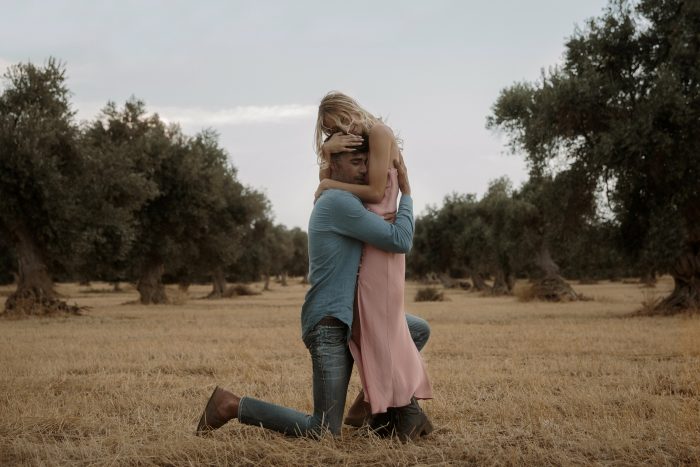
Image by The Ferros
Imagine you’re best friend calls you up to ask if you’ll photograph their proposal. Of course, your instinct is to say yes–you’re a wedding photographer, after all. But if you’ve never actually shot a proposal, the prospect can be daunting. There’s a lot that goes into proposal photography that you may not initially be aware of.
We’re here to break down each step of the process to make it a successful one. We’re talking what to organize, what questions to ask the proposer, and how to prepare the location. While you want the future fiance to be surprised, you certainly want to keep surprises on your end to a minimum.
Getting Started with Proposal Photography
Hopefully, the proposer contacted you plenty of weeks in advance because proposals take lots of work. It’s not just the proposer’s responsibility to plan an effortless proposal. Once you’re involved, it’s up to you to help make it the best it can be. Our most important piece of advice is to keep communication flowing.
Meet Via Video
The first step is to schedule a video call with the proposer. Use this time to get to know them on a personal level. Treat them like you would a potential wedding client. The more you know about the couple, the easier it will be to capture this invaluable moment in their love story. And the more time they spend with you, the less likely they’ll be nervous in front of the camera. They already have enough nerves to deal with.
Create a Detailed Plan
During the call, ask them what they had in mind for the timeline and logistics of the proposal. You’ll need to listen intently and ensure that the plan is realistic. Do your best to make recommendations based on your professional opinion–such as timing. Golden hour will be ideal for photos, but after sunset won’t be. We also suggest exchanging phone numbers so that you can continue to communicate after the video call. Most importantly, make sure you end the call both knowing where to be and when.
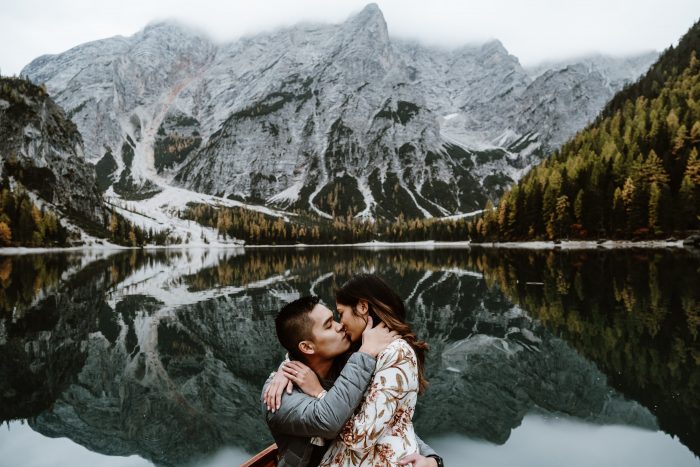
Image by Wild Connections
Set a signal
Everything will happen pretty fast once the proposal begins. Decide on a simple hand signal–like a thumbs up or a wave–for the proposer to use when they’re about to get down on one knee. This signal will give you optimal awareness of the big moment.
Here are some quick tips to share with them beforehand:
- Ensure your future fiance wears an outfit appropriate for the event (but do so without giving away the surprise). Believe us, they’ll be grateful after the fact.
- Hide the ring box properly, and make sure it isn’t too noticeable on your body.
- Slow down and take your time at the proposal spot.
- Get down on the knee closest to the camera so your body is open to the photographer.
Prepare and Prepare Some More
Once you have chatted and have a set plan, it’s time to get yourself prepared. Preparations include scouting the location, finding ideal spots, and packing the right equipment. The preparation period might be the most important step in planning a smooth proposal. It’s up to you to be physically and mentally ready.
Scout the Location
You could just show up the day of the proposal, but that leaves room for potential surprises–and not the good kind. Plan to check out the location before the big day. Scouting allows you to take test shots and find optimal spots for you and the couple. Plus, you can practice getting the perfect angles while staying inconspicuous.
Scouting the location will also dictate your lens choice. If you have to be far away from the spot in order to remain hidden, a larger zoom lens will be necessary. You can also scout nearby locations to use during the portrait session. Lastly, some photographers may even want to mark the spot–with sticks or tape–where the proposer should stand. Just make sure to communicate the details.
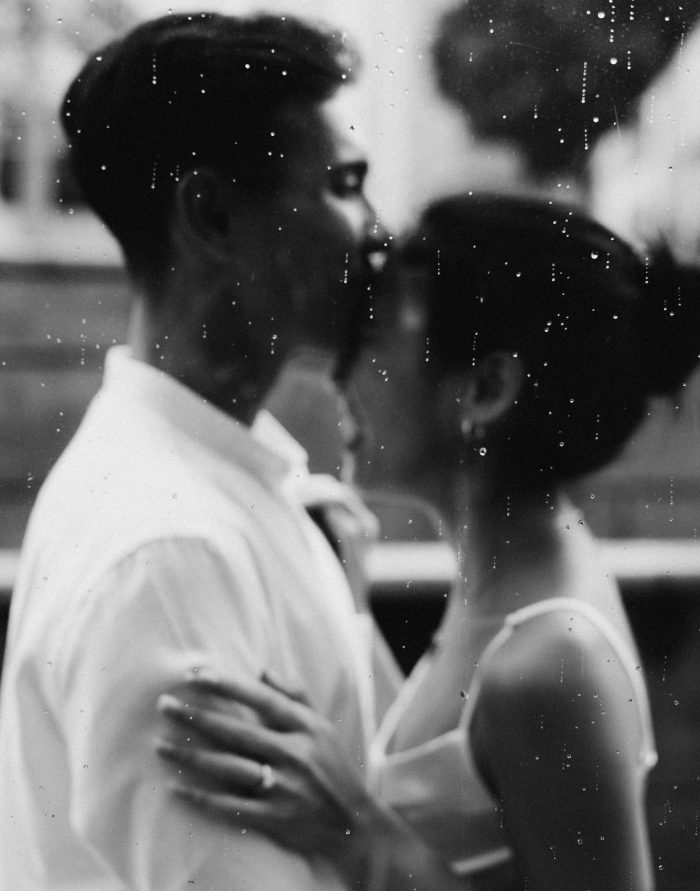
Image by Deiin.Co
Have a Backup Plan
Did the location introduce any potential problems? Was there a lot of foot traffic in your way? What if the couple arrive late to the proposal spot? If you have any concerns about the location while scouting, now is the time to communicate with the proposer. That’s why we recommend having a backup plan. If Plan A doesn’t work, a Plan B just might be your saving grace.
Pack the Right Gear
Packing for a proposal is slightly different from packing for an engagement or wedding. We suggest packing at least two lenses–a long lens (70-200m) for the actual proposal scene and a more standard wide lens for the portraits afterward. Whatever you do, don’t pack too much. A ton of equipment could be a dead giveaway of your secret identity. It could also hinder your ability to be adaptable in the situation.
Countdown to the Proposal
Below are the day-of preparations you should take. In the final hours before the proposal, plan to arrive early, choose the right camera settings, and continue communication with the proposer. For this part of the process, aim to be prepared but adaptable. You’re there to photograph whatever happens naturally for the couple.
Get There Early
It’s never a bad idea to be early. But in the case of a proposal, it could make or break the plan. There is always the possibility that other people are hanging out in the proposal spot. By getting there early, you can remove and prevent photobombers. If needed, simply communicate your story, and hopefully, the unwanted guests will understand the significance of the situation. By being physically present, you can keep the spot clear and ready for the proposal.
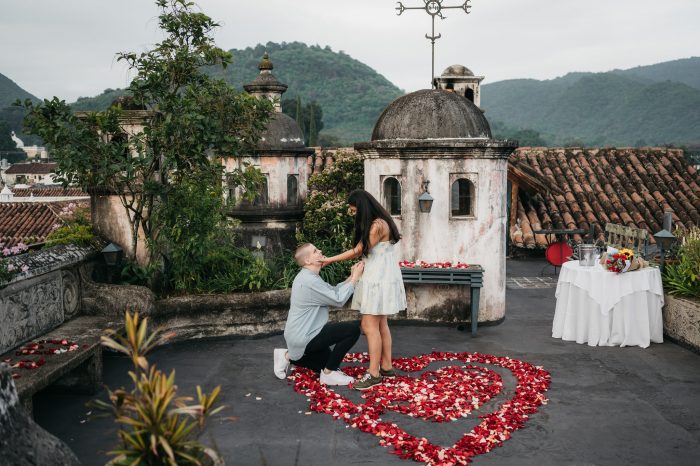
Image by Daniel Lopez Perez
Set up Your Camera
Getting to the location early also allows time for camera setting adjustments. You certainly don’t want to fiddle with the aperture or ISO once the couple arrives. Keep in mind there may be a lot of movement between the couple–think surprised reactions, hugging, or even jumping. A fast shutter speed may be the key to preventing unwanted motion blur.
Keep Communicating
Understandably, the proposer is bound to be nervous. Don’t be afraid to repeat important points over text, like time and location. Touching base with them will also give you a more exact timeframe to work with.
Be Flexible
Despite all your preparation and rule-following, there are bound to be some deviations from the plan. Don’t let that distract you. Just do what you do best and be ready to document the moment–no matter how far from the original plan it may be. The couple might not be in their exact spot, so be ready to position yourself perpendicular to them to get the best photos.
Capturing the Magic
The big moment has finally come. Now, all you need to do is relax, be in the moment, and capture what unfolds.
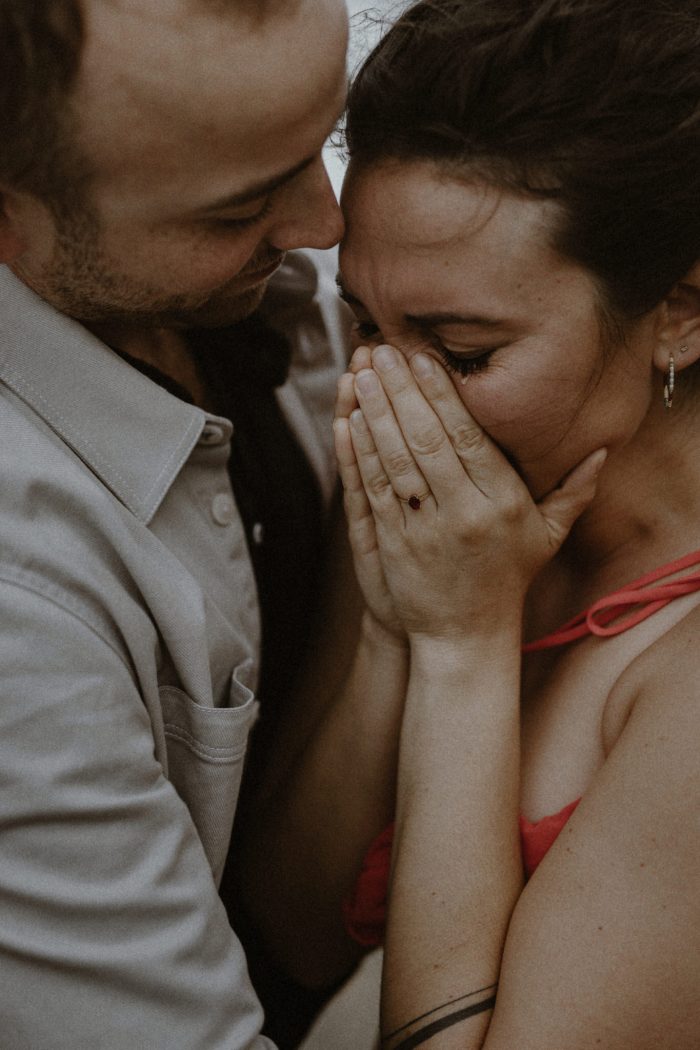
Image by LOOKIMAGINARY
Let the Moment Unfold
Take a deep breath and let the moment play out naturally. Don’t get too energetic behind the scenes and interrupt their moment prematurely. See how many great photos you can snap before revealing yourself. The couple will be so grateful later on that you gave them plenty of space to live in their emotions. It’s the frames within this moment that are sure to be the most cherished.
Introduce Yourself
At some point, the proposer will reveal you to their new fiance. Now it’s time to walk over and introduce yourself. Just like you intentionally took the time to help the proposer feel comfortable beforehand, you should make the fiance comfortable, too. Just chat like you would with friends and help them enjoy this special moment! Remember that emotions are high, so give them time before you pull out your camera again.
Do What You Do Best
Finally, you’ve made it to the portrait session–this should be familiar territory. Everyone is aware of the camera now, so you can get classic posed shots.. Look at this time with the couple as a marketing opportunity for your wedding services. This couple could very well be a future client if you play your cards right.
There you have it–our comprehensive guide to shooting a proposal. Soon afterward, you may be preparing for an engagement session! Check out our engagement outfit inspiration and share it with your couples.
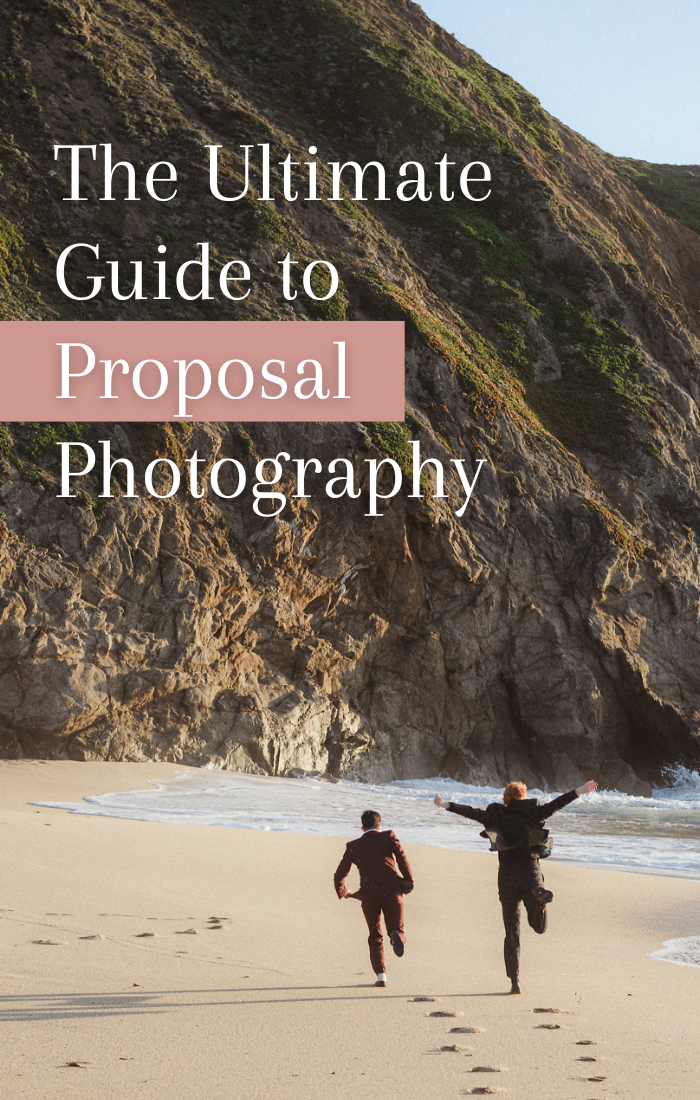
Image by Helena & Laurent